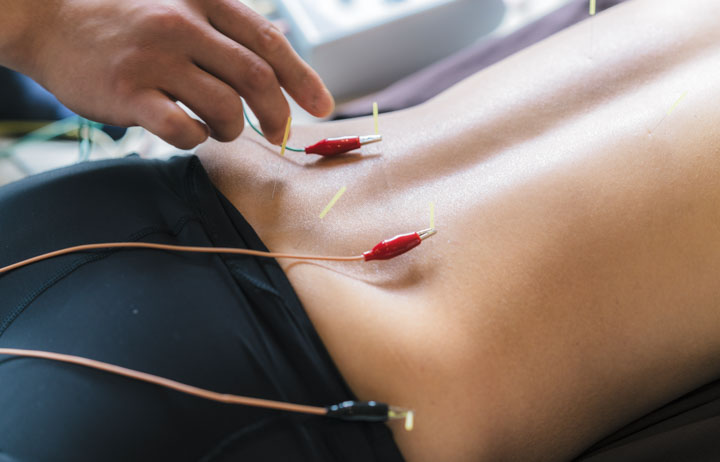
Acupuncture For Alzheimer’s Memory and Brain Function
March 10, 2017
Acupuncture Beats Drugs For Knee Pain And Inflammation
March 10, 2017The American College of Physicians formally recommends acupuncture for the treatment of back pain. Published in the prestigious Annals of Internal Medicine, clinical guidelines were developed by the American College of Physicians (ACP) to present recommendations based on evidence. Citing quality evidence in modern research, the ACP notes that nonpharmacologic treatment with acupuncture for the treatment of chronic low back pain is recommended. The official grade by the ACP is a “strong recommendation.” [1]
A major goal of the recommendation is for acupuncture and other nonpharmacological therapies to replace drug therapy as a primary source of pain relief. Treatment with opioids is only recommended, with an official “weak recommendation,” when other modalities do not provide adequate relief. A strong recommendation is also made by the American College of Physicians for the treatment of both acute and subacute lower back pain with heat, massage, acupuncture, and spinal manipulation. [2] The recommendations were approved by the ACP Board of Regents and involves evidence based recommendations from doctors at the Penn Health System (Philadelphia, Pennsylvania), Minneapolis Veterans Affairs Medical Center (Minnesota), and the Yale School of Medicine (New Haven, Connecticut).
The American College of Physicians notes that approximately 25% of USA adults have had, at the very minimum, a one day lower back pain episode within the past three months. The socioeconomic impact of lower back pain in the USA was approximately $100 billion in the year 2006 . The costs include medical care and indirect costs due to lost wages and declines in productivity. [3] Recommendations for treatment options, including those for the use of acupuncture, include considerations of positive medical patient outcomes, the total number of back pain episodes, duration between episodes, alleviation of lower back pain, improvement in function of the back, and work disability reductions. Recommendations are for both radicular and nonradicular lower back pain.
The target audience for the American College of Physicians recommendations includes all doctors, other clinicians, and the adult population with lower back pain. The ACP notes, “Moderate-quality evidence showed that acupuncture was associated with moderately lower pain intensity and improved function compared with no acupuncture at the end of treatment .” [4] In agreement, the National Institute of Neurological Disorders and Stroke (National Institutes of Health) notes that acupuncture is an effective treatment modality for the relief of chronic lower back pain. [5]
These findings are consistent with those published in Mayo Clinic proceedings finding that acupuncture is effective for the treatment of lower back pain. The same Mayo Clinic report notes that acupuncture does not cause any significant adverse effects. [6] The Mayo Clinic findings apply to both nociceptive and non-nociceptive pain. Nociceptive back pain includes musculoskeletal inflammation and pain involving nerve cells wherein nociceptors are activated. Nociceptors are afferent neurons in the skin, muscles, joints, and other areas. For example, nerve impingement (often referred to as a “pinched nerve”) produces one type of nociceptive pain.
Non-nociceptive pain does not involve inflammation and is more relevant to pain processing in the central nervous system. One type of non-nociceptive pain condition is fibromyalgia and acupuncture has been confirmed as an effective treatment modality for this condition. The Mayo Clinic proceedings note, “Martin et al. found a significant improvement between electroacupuncture vs sham electroacupuncture. Differences were seen on the Fibromyalgia Impact Questionnaire (FIQ) scores for fatigue and anxiety.” [7]
